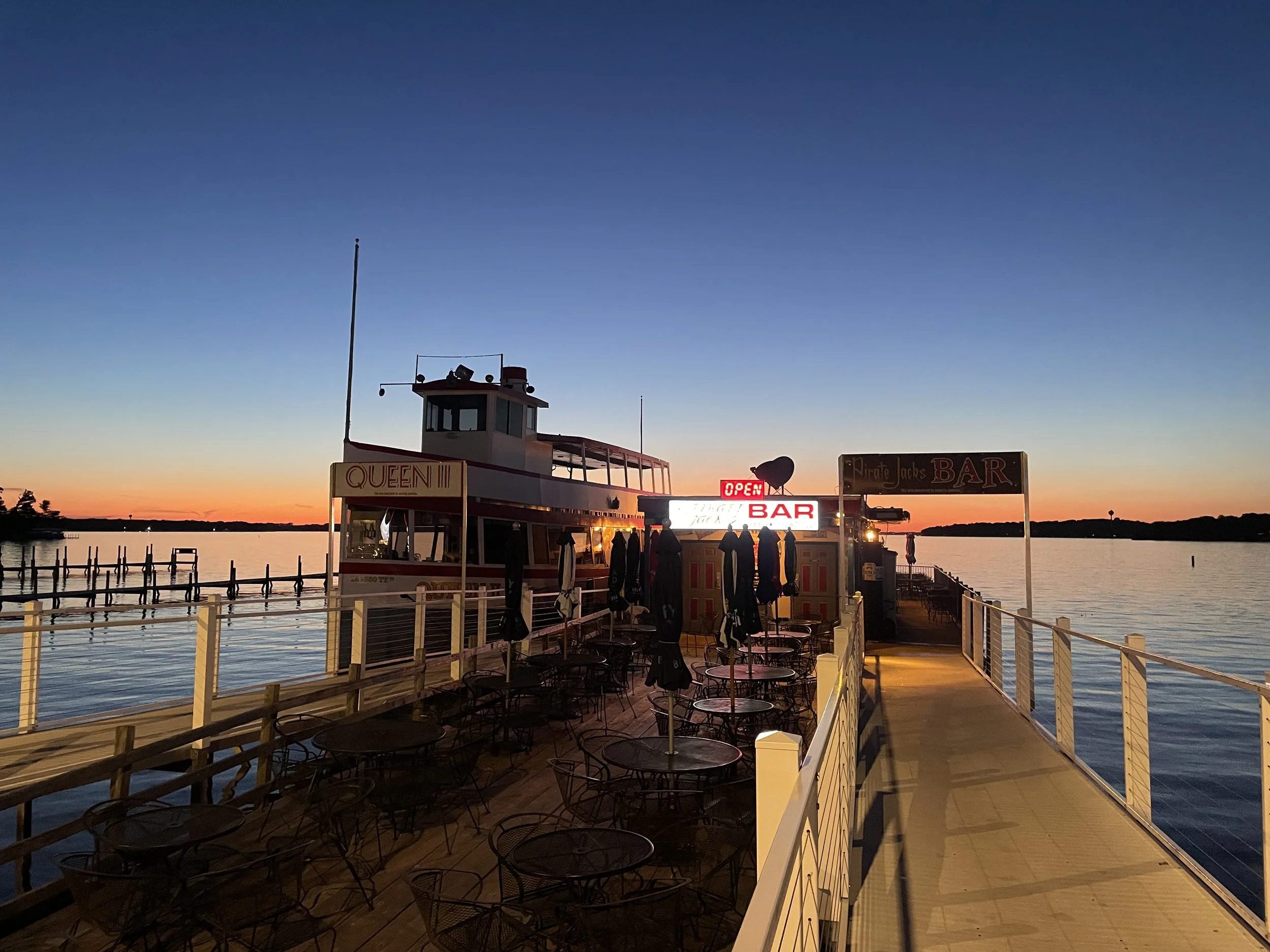How Building Green Can Impact your Bottom Line
Architecture and design have the ability to impact so many different areas of life.
It is something that we at BPC® love most about it. And in today’s environment, building green or environmentally compassionate spaces is ever more intriguing. For many, there are so many moving parts to a project that adding in additional “green” elements seems overwhelming. It can be an easy thing to pass on.
Before you say “no”, let’s look at some ways integrating green design can actually POSITIVELY impact your bottom line.
But first… what exactly is green design?
Green design is design that reduces or eliminates negative environmental impacts. And it in turn can create positive impacts on the Earth’s climate. Green elements can be factored in during a multitude of project phases, whether it be design, construction, or operation. Green design can help to preserve naturally occurring resources.
It is easy to subconsciously associate green design with an increased project cost. But that isn’t always the case. In fact, there are quite a few areas that actually can return long-term savings by incorporating green elements. Let’s look at some.
ENERGY COST SAVINGS
This may be old news but it is continuing to be true. People who live in green homes save money on their energy and water bills month after month. Think of those savings over time… it could be significant! In fact, a green home meeting the EPA’s ENERGY STAR requirements is designed to save up to 30% on energy costs. And when you look at passive homes (the world-leading standard in energy-efficient construction), energy use can be reduced by up to 90%! That means you will only be using (and paying for) 10% of the energy a conventional home uses.
Local power companies love clean energy homes. Let’s look at net-zero houses as an example. Net-zero homes are designed to reduce you energy use to less than the amount of clean energy your home produces. The excess clean energy your home produces gets put back into the grid. The power company then (generally) pays you for the power you sent back to them, usually in the form of credits to offset any power you may use from the grid. In some areas of the country, the clean power that homes generate can be SOLD to the power company, which can completely offset the amount of energy you may need to buy from them resulting in no net energy costs.
A great thing to consider if you are building a new home is to specifically design for the lot you are on. This can help you tap into and harvest a home's natural potential for green energy sources, whether it be solar power, wind energy, or natural ventilation. All of which can reduce its draw on man-powered sources and in turn reduce your energy bills.
WATER EFFICIENCY
Another aspect of green energy is water efficiency. The average American uses 80-100 gallons of water per day, and while less than half of that will be used for cooking or drinking, chances are that all of it is treated, potable water from the municipal provider. What many people don’t realize is that it’s fairly easy to implement systems for recycling and reusing water on your own property, thereby decreasing the demands on shared supplies, and reducing your water bills. And the high-quality materials that go into a green home are often more durable than what goes into a standard building, therefore likely requiring fewer repairs. So what are some ways you can implement green water solutions into your home?
Water Collection & Reuse
Look to reduce the use of drinkable water for non-consumption purposes. There are two ways to do this: collect rainwater, and reuse indoor wash water. You can install cisterns above or below ground that will collect and store run-off from rooftops and other impervious surfaces, as well as water from laundry machines, dishwashers, bathtubs, and sinks. The latter is classified as greywater, meaning that it does not include human waste or sewage.
Irrigation
The irrigation of lawns and gardens consumes up to 50% of the potable water we bring onto our property, and much of that just ends up as runoff, rather than being absorbed by the plants being watered. install smart, programmable sprinkler systems and moisture sensors that allow you to measure the amount of water your yard needs at any given time, and control irrigation from a central shut-off valve. Combine this system with your rain and wastewater collection and you’ve got your outdoor greenery dialed.
Indoor water use
The primary means of reducing indoor water use has to do with the fixtures you choose. Selecting low-flow sink and bathtub faucets, showerheads and toilets can reduce indoor water use by 30-40%.
HEALTH BENEFITS
Building green isn’t just about building homes that are good for the environment. They are also good for your health as well. Green homes don’t only take energy into consideration, they take into consideration what materials are brought into your home. Poor indoor air quality can pose serious health risks for residents. By using building materials that are toxin-free and low VOC, you can help combat indoor air pollution. Which in turn can keep you healthy and away from the doctors.
CONSTRUCTION COSTS
Here we go - here is where everyone assumes a green house will pay the price. But in actuality, the cost of building a green, high-performance home does not have to be higher than a conventional home. If you decide to invest more upfront, to build an extremely green, super energy efficient, and very high-performance home, your savings will be higher and your payback will still be surprisingly quick. Here are just some of the ways building and owning a high-performance green home makes a lot of economic dollars and sense!
HIGHER RETURN ON INVESTMENT (ROI)
Here is where a green home can pay you back for years to come. Green homes, in general, generate a higher return on investment over the course of time. Along with a higher reported occupant satisfaction, green homes typically have a higher resale value and are on the market for less time than a conventional home. According to a recent study, green homes can be built for the same cost as conventional homes. On top of that, green homes sell faster and at a higher price than conventional homes. For example, a 2019 study by Zillow showed that in the New York City area, green homes with solar panels sell for 5.4% more than comparable non-green homes. The percent increase in resale value a green home with solar panels sells for varies across the country.
In addition, with green certification, there are more affordable insurance policies and loan rates. An increasing number of insurance companies are offering discounts on policies covering green homes or rebuilding a damaged home to green standards. And homeowners buying green may be eligible for discounted loan rates from their mortgage company.
The return on investment or ROI on green homes is generally higher than the ROI on conventional homes. The longer you live in a green home, especially a zero energy green home, the higher ROI you will have compared to a comparable non-green conventional home.
Designing green also doesn’t have to be all or nothing, it can fall anywhere between changing out your lights for LEDs to getting your project certified…Even the smallest moves can make an impact. Our BPC™ is extremely environmentally compassionate. So even if you don’t come to us with a green directive, we always are thinking about how we can implement these things in all our projects so you can reap the benefits regardless.








